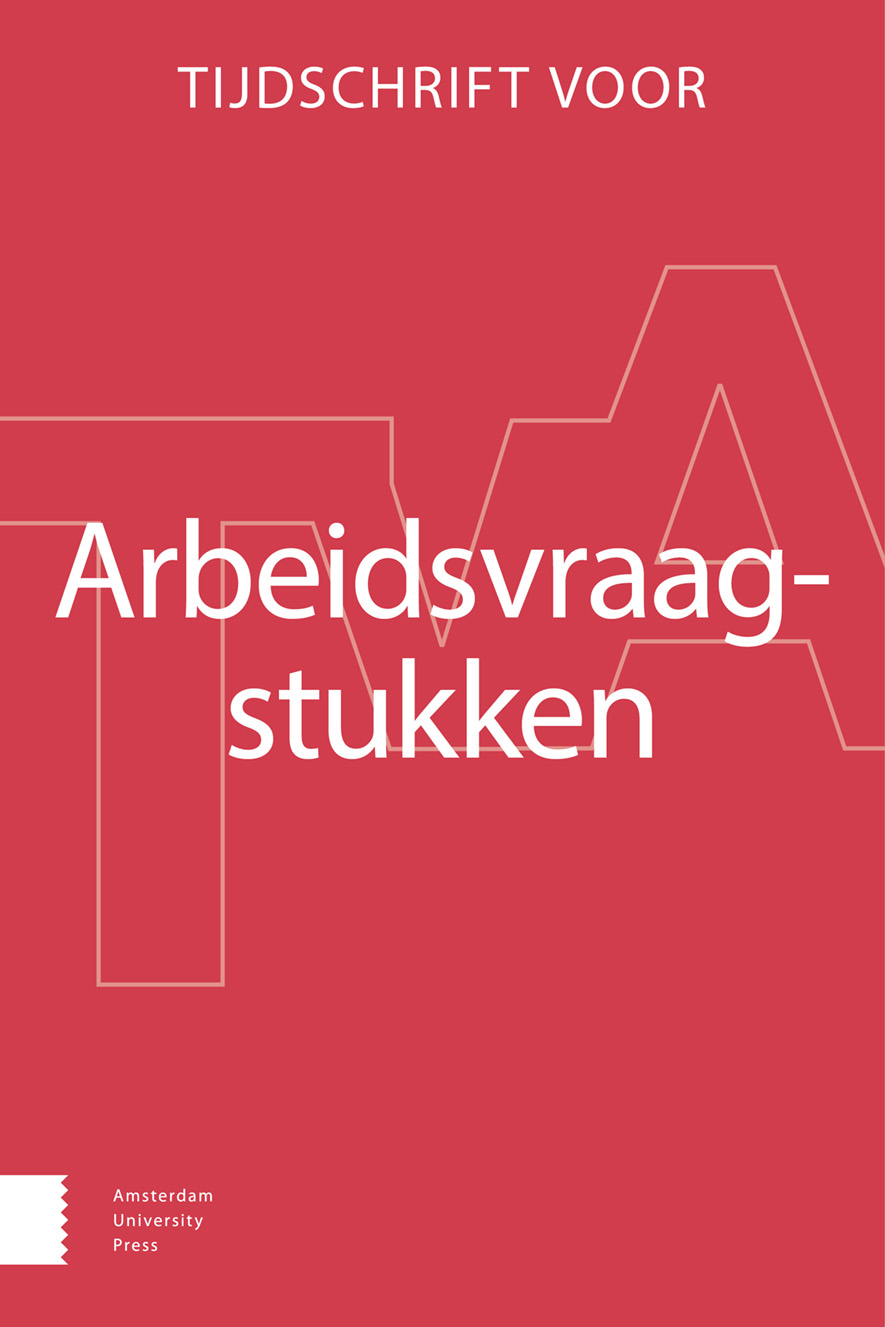
Full text loading...
We use cookies to track usage and preferences.I Understand
Vrouwen werken vaker deeltijds dan mannen. Dit artikel onderzoekt in hoeverre die keuze vrijwillig is of eerder noodgedwongen. Op basis van de literatuur worden elementen die de keuze voor deeltijds werk beïnvloeden en de precariteitsrisico’s ervan besproken. Een conceptueel model vormt de basis voor het empirisch onderzoek. Interviews met vrouwen in detailhandel, schoonmaak en woonzorgcentra brengen de keuze en gevolgen van deeltijds werk in kaart. De resultaten tonen aan dat individuele en structurele beperkingen, zoals persoonlijke omstandigheden, een zwakke arbeidsmarktpositie en een gebrek aan voltijdse opties, een rol spelen. De studie wijst ook op gevolgen als financiële onzekerheid, beperkte doorgroeimogelijkheden en gezondheidsproblemen. Door het perspectief van werknemers centraal te stellen, biedt het onderzoek meer inzicht in de complexiteit van deeltijds werk en stelt het de gangbare definitie van onvrijwillig deeltijds werk ter discussie.

Article metrics loading...

Full text loading...
References


Data & Media loading...

